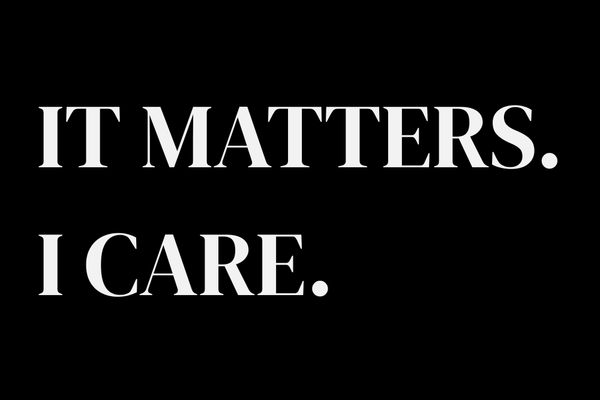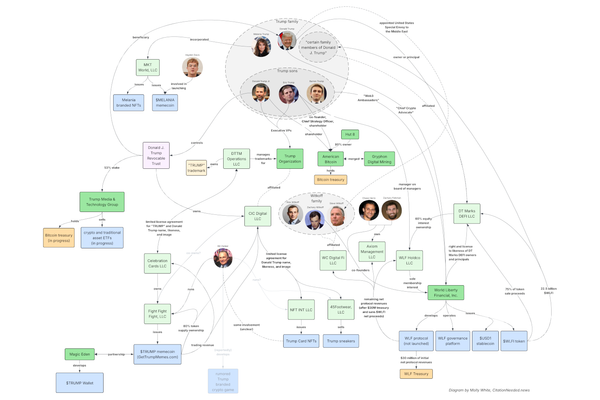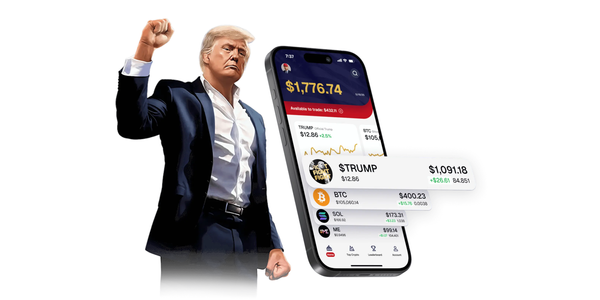The FTX trial, day ten: Heinously criminal
The defense team finally scores a few points, and cell phone records reveal Bankman-Fried's extensive influence tour in Manhattan.
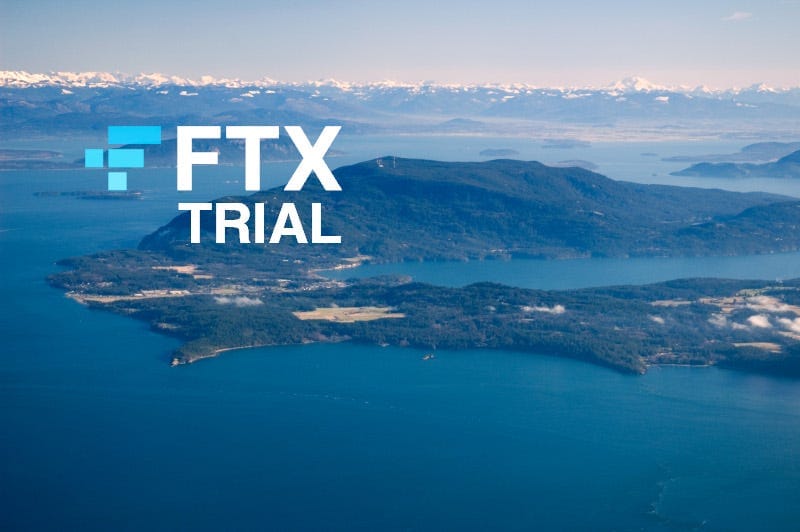
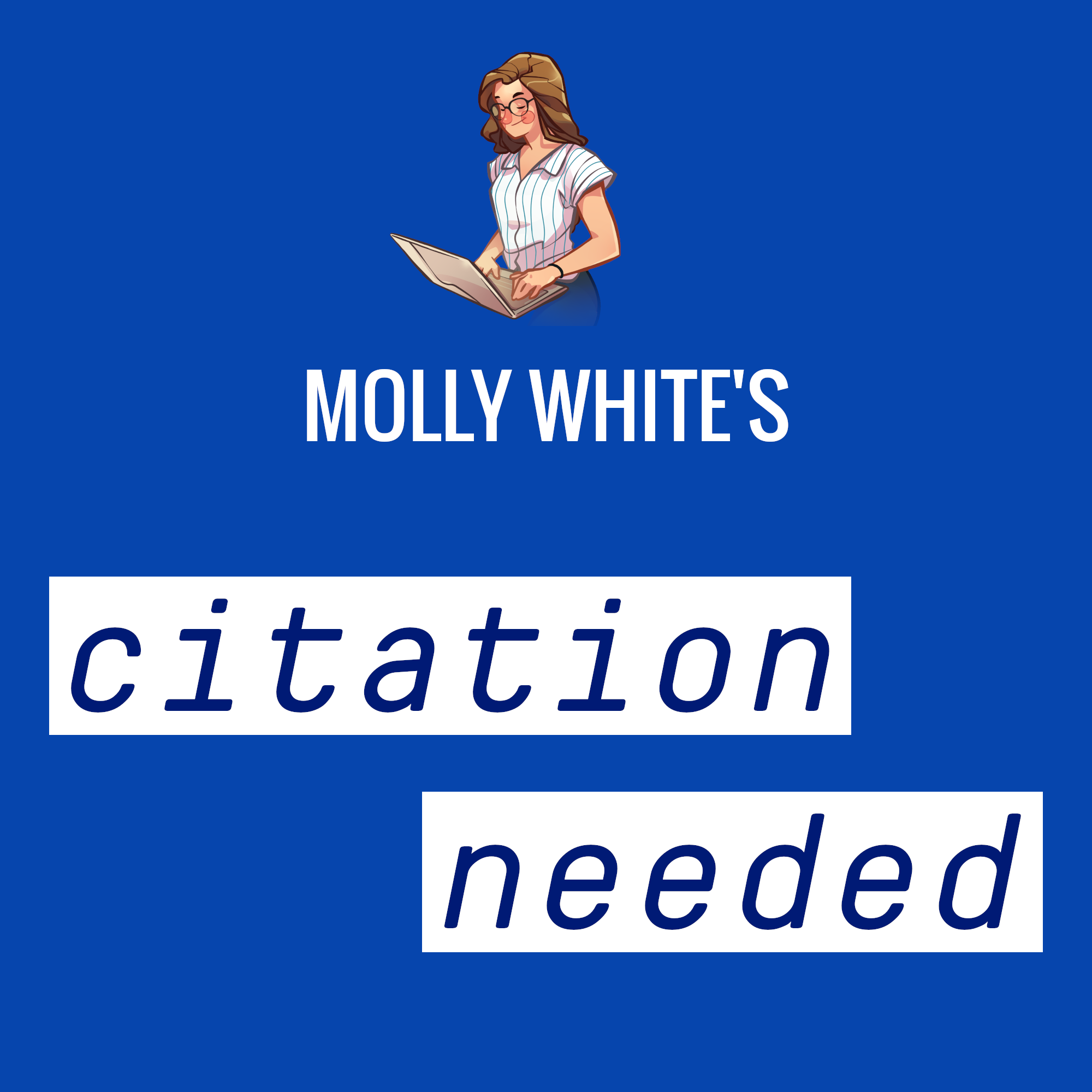
After what has felt like nine days of straight airballs from Sam Bankman-Fried's defense team, Tuesday I think they might have scored a few points.
That's not to say it was success across the board, though: the cross-examination of FTX engineering director Nishad Singh featured many of the same blunders that have by now come to characterize the defense. The government continued to frequently successfully object to Mark Cohen's lines of questioning, and Cohen once again would occasionally misstate past testimony or ask questions that only ended up confusing their target, the judge, and — most likely — the jury.
On Tuesday, an exchange between Cohen and Singh revealed that Cohen didn't seem to know what a git commita is, making for an awkward couple of minutes as Singh tried to answer the question precisely while Cohen was really intending to ask something else.
At one point, Cohen pursued a line of questioning that suggested he had conflated two portions of Singh's testimony from Monday. Monday, Singh had testified that he had backdated transactions at Bankman-Fried's request to make it appear as though customers had been being charged for Serum staking services throughout the year. This ultimately bumped FTX's annual revenue number from slightly under $1 billion to slightly over, which was something Bankman-Fried apparently cared enough about to instruct his employees to falsify transactions and then lie to auditors. Despite this testimony, Cohen tried to get Singh to answer that he had never actually performed the transactions. "No, I did. I backdated them," replied Singh.
At a different point on Monday, Singh had testified that he did not follow through on backdating falsified transactions that would have shown various insiders transferring their Serum holdings to Alameda Research at an earlier point in time, which he understood would ultimately be used to try to fool the CFTC into believing that Alameda Research had always had more collateral than it had. This is likely what Cohen was thinking of, but by confusing the two, instead of underscoring for the jury that some of the supposed wrongdoing at FTX never happened, he in fact achieved the opposite.
Despite the continued whiffs, Cohen managed to weaken Singh's testimony from Monday in other ways.
Cohen began with the same strategy he's used on other FTX and Alameda employees who've testified so far, which is to try to suggest that when they evaluated past events, they were doing so without the type of complete knowledge that Bankman-Fried might have had, and therefore couldn't properly know if Bankman-Fried was acting wisely. This fell flat with Caroline Ellison, in part because she did have a lot of this knowledge, but also because it at times seemed to contradict the defense's story that Ellison was the one in charge, not Bankman-Fried.
However, with Singh, it worked a little better. Singh had spoken at length during direct on Monday about the "excess and flashiness" he felt characterized much of FTX's spending, including the purchase of the naming rights to the FTX Arena, or massive payments to influence brokers like Michael Kives.
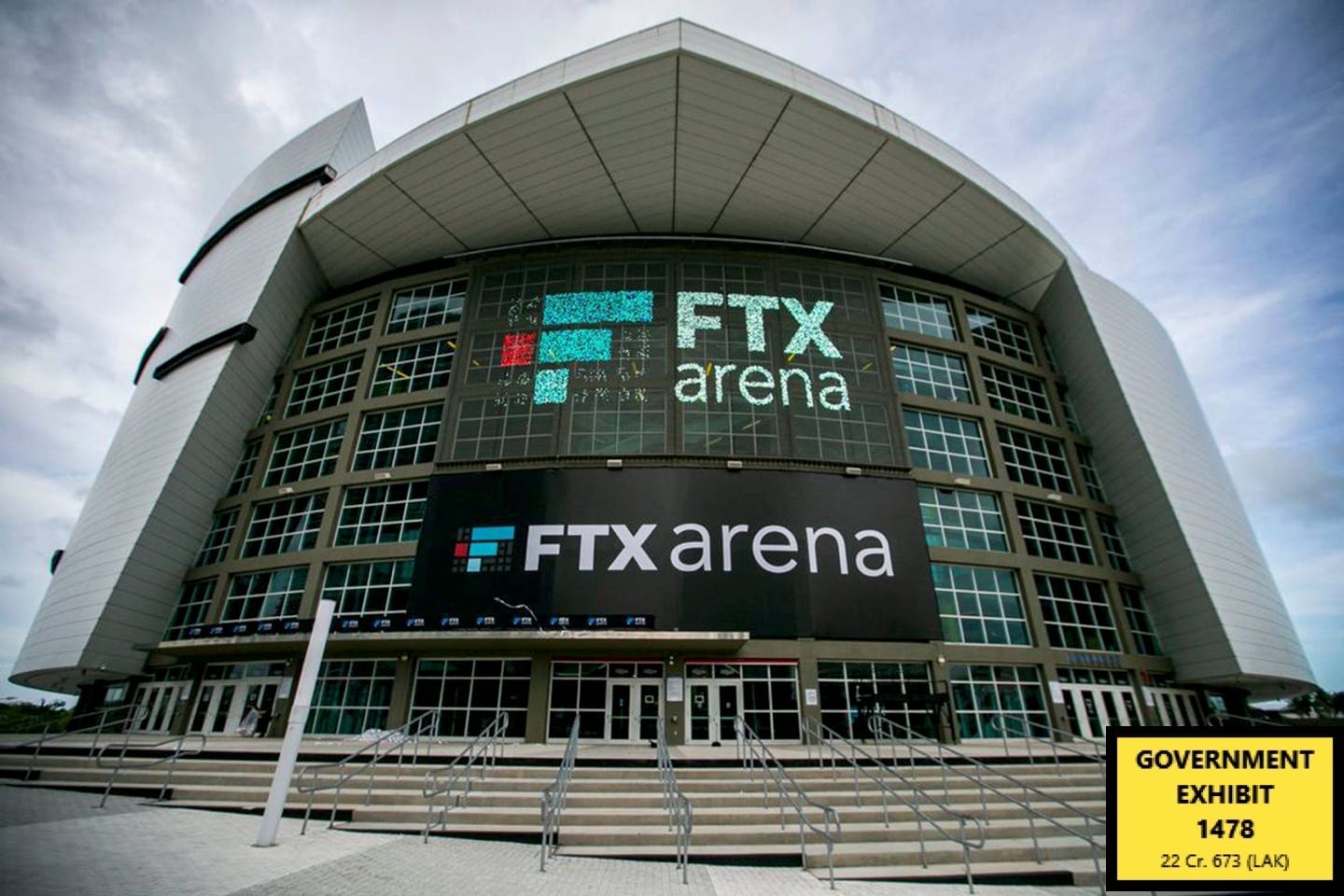
During cross-examination, Cohen got Singh to equivocate a bit on whether he thought $135 million was truly unreasonable for a 19-year-long deal to acquire arena naming rights. Ultimately, Singh acknowledged that "it had business benefits and costs", which he said were up to Bankman-Fried to weigh. Regarding celebrities and buying connections to celebrities, Singh acknowledged that those connections "could be valuable for the business … depending on the circumstances". With venture investments, Singh admitted that he was rarely directly involved in the due diligence process.
Cohen also rather effectively undermined some of Singh's strong and seemingly principled repudiations of the company's spending from Monday, by pointing out that Singh himself had spent somewhat extravagantly.
In October 2022, Singh bought a $3.7 million home in Orcas Island, Washington. It sits on ten acres of land, and sports a 70-foot-long indoor lap pool and two hot tubs.1 Singh purchased the home after learning that Alameda had borrowed from FTX far more than it could repay, meaning that when he borrowed the several million dollars from FTX to pay for the home, he knew that he too was dipping into customer funds: behavior he'd just the previous day described as unconscionable. Later, Singh described the purchase as "egregious, unnecessary, and selfish".

With further questioning, he also spoke regretfully of his own behavior in continuing to donate substantial amounts of money to political causes.
Right at the beginning of the day, the defense pushed back on statements Singh made the previous day characterizing the penthouse he shared with other employees as ostentatious and far too expensive. Singh had testified that he had expressed these concerns to Bankman-Fried. "Sam said that he would pay $100 million for the drama to just be done with and go away, which I took as a pretty clear sign that I should shut up and we should move forward with this," he'd said about the conflict over the apartment purchase.
"You moved into the apartment?" asked the defense, which Singh answered affirmatively. "You and your girlfriend lived in one of the master bedroom suites, didn't you?" "The nicest room in the house," answered Singh. Asked if he'd ever considered moving out, Singh replied, "I considered moving out many times." "But you didn't," the defense fired back.
Perhaps, they seemed to suggest, Singh's disgust at FTX's and Bankman-Fried's spending was all for show, and he too enjoyed the finer things.
Cohen made a similar point elsewhere, seemingly trying to undermine Singh's self-professed effective altruism, and his belief that money is better spent on charitable giving rather than enriching one's own life. Cohen revisited a $477 million loan made from FTX to Singh in late 2021, which was really Singh trying to exercise stock options he'd been granted.b
Cohen: One of the reasons you were looking to do this was you wanted to donate the money to charity.
Singh: Right.
Cohen: Did you end up doing that?
Singh: No.
Beyond the topics of extravagant spending, Cohen also successfully seeded some doubt in Singh's recounting of various events. First, Singh was asked to repeat the timeline of events surrounding the discovery of the bug that led the balance of funds owed by Alameda to FTX to be overstated by roughly $8 billion, which he did. "Do you believe you are clear on the sequence of what happened?" asked Cohen. "I don't think I remember everything about it," Singh replied, but he said that he was recounting the events as best he could. Then, however, Cohen called back to testimony Singh gave to prosecutors back in January, where he reportedly told them he "had a surprising amount of haziness when trying to recall events in June and July of 2022." Singh affirmed, "there was a lot that I — there was a lot that I didn't remember the details around from that time."
One portion of the questioning around the penthouse in The Bahamas, though, fell very flat for me. I'd love to be able to read jurors' minds to know if it landed the same way for them.
Questioning Singh about the expense, Cohen tried to downplay it: "Would you regard it as really expensive for a group of billionaires and millionaires to live in a $30 million apartment?" When Singh responded that it cost the same regardless of how much money they had, Cohen asked, "What about relative to the wealth of the people living in the apartment?", suggesting to Singh that perhaps $30 million was a rather normal amount for billionaires to spend on housing.
Now, for one, I'm not sure jurors are really going to be able to evaluate what's reasonable for a billionaire to spend on a house. Sort of like Lucille Bluth and the ten dollar banana but in reverse, I couldn't tell you if your average billionaire spends $1 million or $10 million or $100 million on a home, because I don't know any billionaires and those numbers are so far away from my own net worth that I couldn't even hazard a guess.
But secondly, it seemed to me that the defense should have chosen either to downplay the $30 million apartment, or argue that Singh had spent selfishly and extravagantly on a home that cost eight times less. I suspect the timing of these questions was quite deliberate by the defense: the conversation about the Bahamian apartment was among the first questions of the day, and the Orcas Island home was the last topic before Cohen wrapped up cross-examination. If they're lucky, hours of sitting in the juror booth, punctuated by several breaks, obscured the contradiction.
The prosecution wrapped up with a quick redirect examination, in which they asked Singh to affirm that he had never reviewed the transcripts of his conversations with prosecutors, presumably to introduce some doubt as to whether the conversations Cohen had him revisit were faithfully documented.
As for the Orcas Island property, the prosecution asked him what happened to it. "I forfeited it," he replied, saying that he was "embarrassed and ashamed" to have bought it, and thought forfeiting the property might be a small way to right that wrong.
The prosecution ended by asking why Singh thought about resigning in September 2022, which he answered in the same fiery words that he used throughout his questioning on Monday: "I knew that I was becoming party and participating in something heinously criminal; that to keep running the business without divulging to others that there was a hole, I would be betraying customers that deposited their money into the hole, betraying my other employees. The scale of wrongdoing was enormous."
A juicy detail
Intermingled with Singh's answers to the defense's questions was one juicy detail. When speaking about the $477 million loan in late 2021, Singh told Cohen that he'd consulted with several lawyers about its structure. Cohen asked who they were, and Singh replied: "Can Sun; Joe Bankman; two of Sam's personal tax lawyers, David Forst, Sean McElroy, and others." Joe Bankman is Sam Bankman-Fried's father, a Stanford tax law professor, who appears to have been far more involved in some of the goings-on at FTX and Alameda than either he or his son would like to admit. Can Sun is set to testify later this week.
Meetings in New York
The last witness of the day was FBI agent Richard Busick, who testified about his analysis of cell phone records tied to a phone number used by Bankman-Fried. Much of this was very dry, with detailed explanations of what that analysis entails and what it can and cannot determine. It's most likely being used by the prosecution to establish venue for the case by proving that Bankman-Fried was in Manhattan at various points throughout the time period of the fraud they are alleging.
One interesting detail was how the prosecution established that the phone number provided to the agent for analysis actually belonged to Bankman-Fried: they produced an email sent by a Gmail account with a handle including "pdavis". In the email sent from his personal account, Philip Davis — the Prime Minister of The Bahamas — wrote to ask Bankman-Fried if he would speak with his son Christopher, who was working as a consultant for an NFT company that was considering using FTX. It was already known that Bankman-Fried enjoyed a friendly relationship with Bahamian government and regulators, but this was downright cozy. Bankman-Fried was accommodating, providing his cell phone number and saying he was "happy to" converse.
Throughout most of the questioning, the prosecution cross-referenced cell phone data showing Bankman-Fried was in New York City with Bankman-Fried's calendar and other records, showing the range of meetings and dinners Bankman-Fried attended as he cultivated relationships and built his sphere of influence. They were:
June 8, 2021: A video call between Bankman-Fried, Changpeng Zhao, and other Binance staff
September 17, 2021: A fifteen-minute-long photoshoot for a "Forbes story"2 at the Equinox Hotel
September 17, 2021: A meeting with The SALT Fund, a venture capital firm that was part of Anthony Scaramucci's Skybridge Capital family
November 16, 2021: A meeting scheduled by the leader of Temasek's blockchain ventures arm, Antony Lewis
March 3, 2022: Dinner with FTX US General Counsel Ryne Miller and New York City Mayor Eric Adams, at Adams' favorite restaurant, Osteria La Baia. Afterwards, Miller tweeted (and Bankman-Fried retweeted):
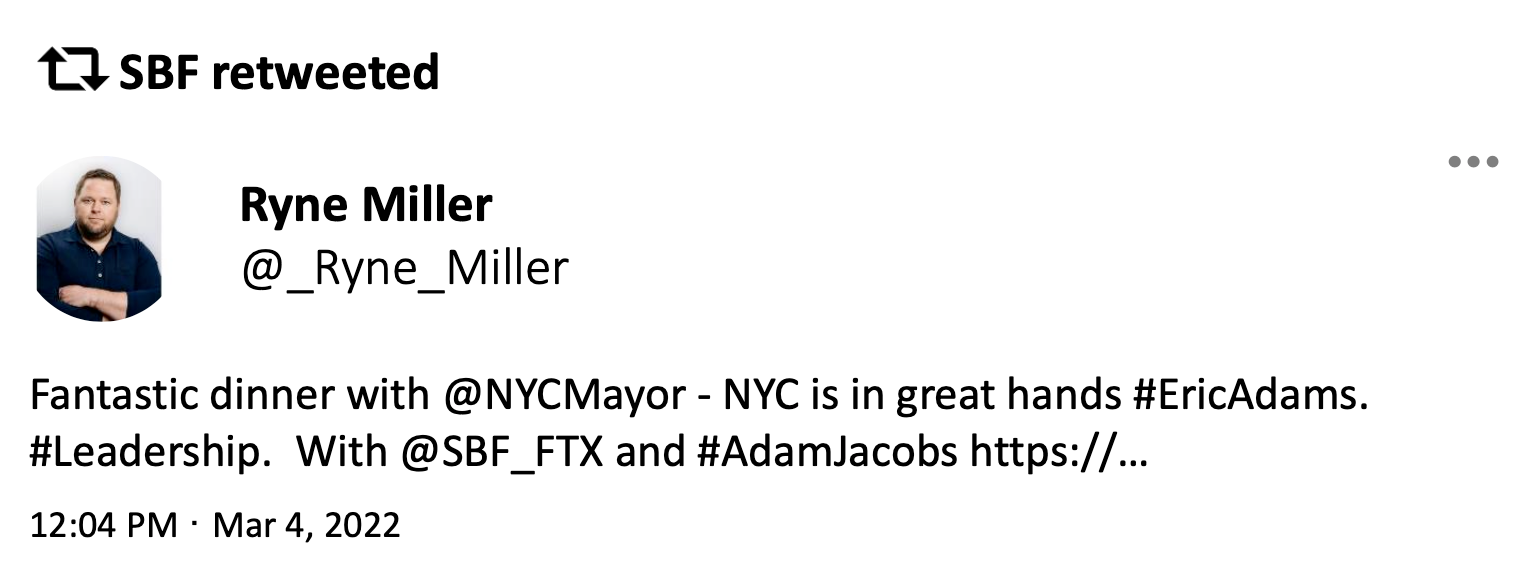
- July 19, 2022: A group dinner coordinated by an employee of Mizuho Americas, in which representatives from investment firms requested to join. When asked if FTX wanted to prioritize any attendees, Ramnik Arora replied: "In some decreasing order of priority: Standard Investments, Coatue, D1 Capital, Wellington Management, Vetamer Capital, DE Shaw, Marshall Wace, Morgan Stanley, Point72, Soros Fund Management, Tekne Capital".
- August 17, 2022: A meeting with the co-founders (who are also CEO and president) of IEX
- August 18, 2022: A meeting with New York Governor Kathy Hochul
- September 20, 2022: A meeting with former president Bill Clinton
- September 21, 2022: A "small group dinner" at The Pierre with the governor of Saudia Arabia's sovereign wealth fund, Yasir Al-Rumayyan
- September 22, 2022: A meeting with the Saudi Minister of Investment, Khalid Al Falih. This appears to have been brokered by various members of The SALT Fund and Anthony Scaramucci.
- October 14, 2022: A "very small investor lunch" organized by Morgan Stanley.
Bankman-Fried also replied to various communications while in New York. On September 21, 2022, he responded to an introduction by Anthony Scaramucci to billionaire investor Thomas Tull, in which Scaramucci asked if Bankman-Fried wanted to join them at a Steelers game. The same day, he also replied to an email from Bloomberg reporter Olga Kharif, who was trying to confirm on background that FTX was trying to raise $1 billion. "Potentially true, though not a hundred percent that we'll do it," he replied.
On cross-examination, the defense offered what I understand to be the usual argument with this type of evidence: Did Agent Busick have any way of establishing that it was Bankman-Fried operating the phone while it was pinging off all these cell towers in Manhattan? He did not.
Going forward
The government provided more witnesses they intend to call.
- Chanel Medrano (or Shamell? Monday's transcript said Chanel, Tuesday's says Shamell). I still have no idea who this is.
- Peter Easton, a professor of accounting at Notre Dame, who will provide expert testimony
- Cory Gaddis, unknown
- Eliora Katz, an in-house lobbyist formerly employed by FTX US
- Paige Owens, unknown role
- Bob Bouroujerdi, managing director at Third Point, a New York-based hedge fund. Third Point had invested in FTX, and was among the firms involved in talks about rescue financing as the exchange was nearing bankruptcy (though they say they never considered participating in this financing).
- Can Sun, one of the top FTX lawyers working under Dan Friedberg
The order of witnesses seems to be somewhat fluid, as scheduling changes based on how long testimonies last and on witness availability.
The government told the judge they expect they may wrap up early on Thursday — the last day of trial this week — and proposed adjourning early so both legal teams can work on finalizing their requests as to jury instructions. The defense agreed.
Cohen added, "We are still working through whether we are going to put a case on and, if so, of what nature. But I continue to believe that if we do put on a case, it won't be more than a week, week and a half at the max." This means that, worst case scenario, the defense will wrap up during the first week of November. After that, the teams will each present closing arguments. The judge will then present instructions to the jury, who will deliberate and return a verdict.
Footnotes
When using git as source control while writing software, every time you want to save a set of changes to a software project you perform a "commit". This term refers to the snapshot of changes that were made to the source code itself, and commits typically are accompanied by a commit message that describes the changes that were made. Cohen seemed to believe that a "git commit" referred only to the message accompanying the code change. ↩
As with Wang, Singh testified to multiple loans that were made in lieu of actually withdrawing money from the company that belonged to them. ↩
References
"FTX engineering chief loses Orcas Island house in fraud case", The Seattle Times. ↩
Given the timing and location, this was almost certainly for the profile "Meet The World's Richest 29-Year-Old: How Sam Bankman-Fried Made A Record Fortune In The Crypto Frenzy". ↩


